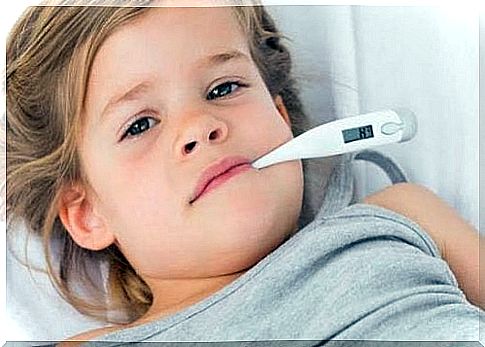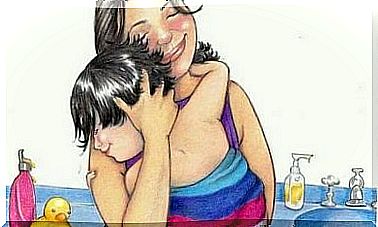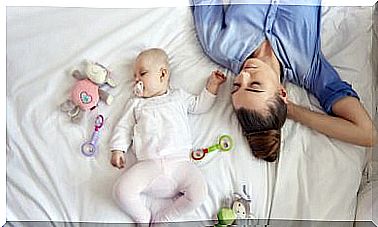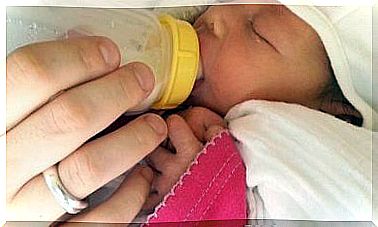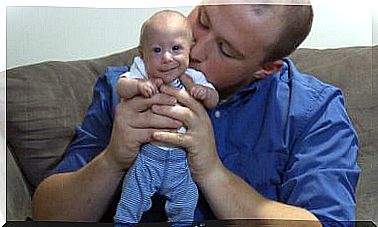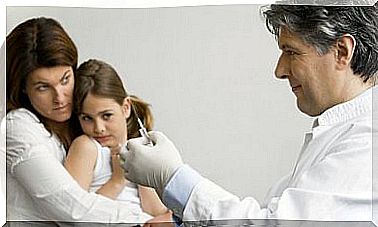The First Forty-one Fever
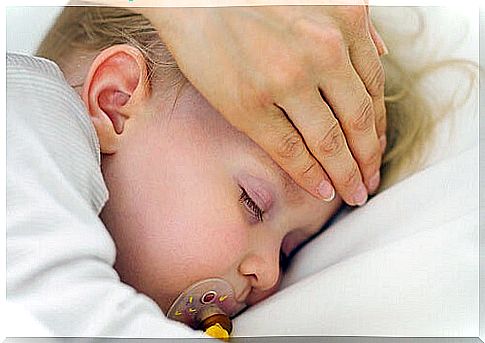
Many parents are distressed to see that their baby is having his first fever. They then try to find out for themselves the possible cause of the problem and immediately consult with the pediatrician what may be the best way to act on it.
Just as a cough is not a disease but a symptom, fever is not a disease as such. In fact, it is one of the most common symptoms that occur when there is an infection in the body.
The first fever of forty-one is difficult to deal with, which is why when it occurs it causes both uncertainty and concern for parents. Especially the first timers.
Anguish at the first fever is inevitable
While it is inevitable not to panic when the first fever occurs, it is important to try to stay calm and not despair. Many parents worry to the point that they have pessimistic thoughts about the situation and fall into an emotional block, which prevents them from thinking clearly.
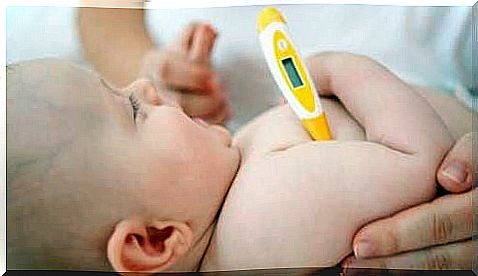
The best tool parents have, in the first instance, is observation. Once they detect an increase in temperature in the child, they should closely monitor its evolution and, above all, the manifestation (or not) of other symptoms. Depending on what they can observe, they will be able to comment in greater detail about the irregularity to the pediatrician; which comes to be of great help to make the diagnosis.
It is necessary to observe the baby for a reasonable period of time and not rush to take action. Many times, fever is a temporary discomfort that does not cause other symptoms or affect the child’s routine.
To consider
Keep in mind that there are infections that occur with low temperatures, such as bronchiolitis, and diseases that occur with high temperatures, such as tonsillitis, therefore, the fact that a child has a higher temperature than normal does not always want say that there is a serious underlying problem.
How to act?
When a baby or child has a fever, they may have red eyes, downcast gaze, fatigue, listlessness, and irritability. In these cases, the first thing to do is measure the child’s temperature, either orally (through the mouth), axillary (through the armpit) or rectally (through the anus).
Now the question is the following, how do you know whether or not you have a fever depending on your age? To help, pediatricians have provided a series of guidelines, in case the temperature is measured in the armpit:
- Up to 37.5º C it is a low-grade fever. In principle it is not worrisome as long as it is something specific and the child is not less than 3 months old.
- Between 38º C and 39º C is moderate fever. In this case, you should go to the consultation without hesitation to clarify what is happening to the child and treat the origin of the fever.
- More than 39º C is a high temperature and requires immediate medical treatment, as we cannot neglect ourselves.
If the measurement is done rectally or orally, it must be taken into account that at these points the temperatures will always be higher than in the armpit.
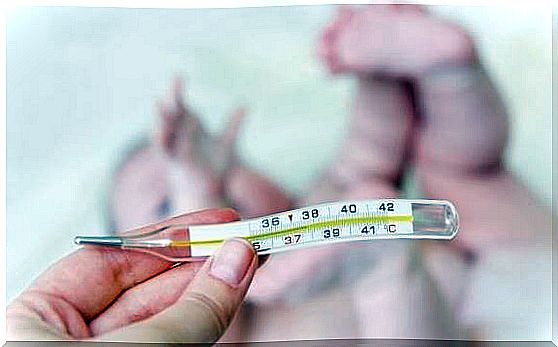
If an infrared thermometer is used, it will be essential to follow the manufacturer’s instructions. With traditional thermometers, the rule is usually the following:
Fever in newborns and less than 3 months
The case of newborns and children under 3 months is special, so we must proceed with caution. Before you panic about the possibility of having a fever, you have to take into account the number of clothes the baby is wearing, the type of fabric, the vaccines that have been given and even the number of people with those who have had contact.
In the event that the baby’s temperature does not drop even when clothing is removed, it is refreshed and given a little liquid to drink and, on the contrary, increases with the passing of the hours (37.5º C or more) it will be necessary to go to a medical consultation so that the pediatrician examines it and prescribes a treatment as soon as possible.
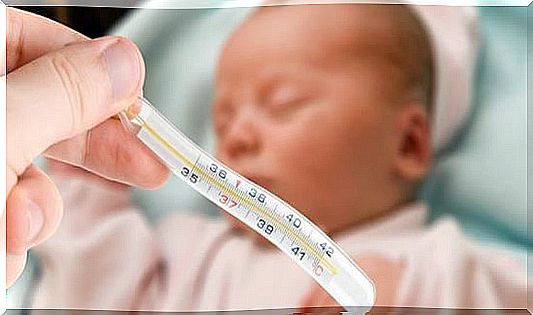
What to do to lower the fever?
When the temperature is not excessively high (37.5º C), start by removing some of their clothes, giving them fresh water to drink, offering them warm food and not hugging them excessively. This will help the child regulate his body temperature.
If we go to 38º C, then they can be given a warm water bath (which is two degrees lower than their body temperature). You can also moisten the neck, chest and groin a little with a sponge with warm water, never cold.
In the event that the pediatrician has prescribed an antipyretic, it will be essential to follow their indications both in terms of frequency and dose. It should be noted that it is not advisable to combine the antipyretic with other medications if the doctor has not authorized it.
Although it is a common practice, it is not recommended to combine acetaminophen with ibuprofen to treat fever in infants and children.
Finally, it should be noted that, if other symptoms occur that prevent the baby from eating, sleeping, etc., it will be necessary to go to the doctor as soon as possible.
